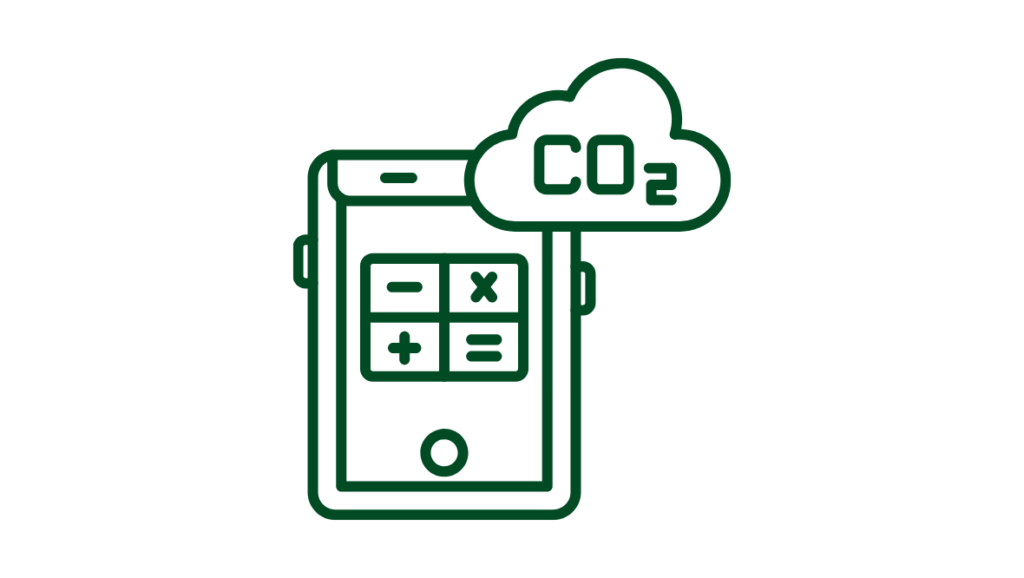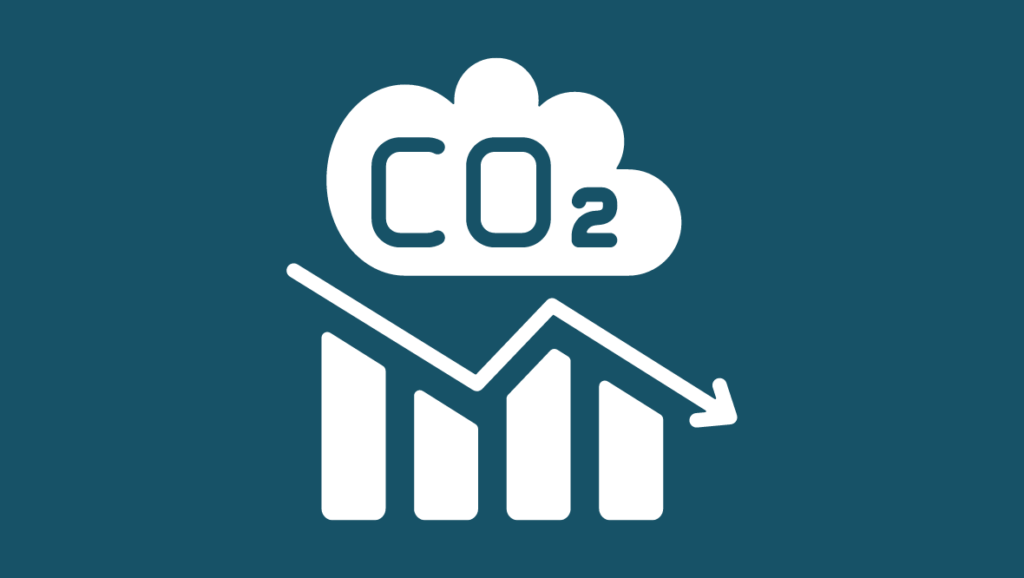Emissions Calculation with GHG Protocol: A Complete Guide

Learn how to calculate your company’s GHG emissions using GHG Protocol standards with the help of this comprehensive guide.
According to a recent World Meteorological Organization WMO Report heat-trapping gas levels in the atmosphere hit a new record high in 2022. This includes carbon dioxide, which reached levels 50% higher than the pre-industrial era for the first time. These levels continued to rise in 2023.
As the world braces for the effects of climate change, the role of industry in mitigating the worst of these effects is fundamental. Businesses are at the frontline, and a lot of what happens next depends on how much they can limit their environmental impact, in particular GHG emissions. And the first step towards reducing emissions is accurate emissions accounting.
This article provides essential insights into calculating greenhouse gas emissions using the GHG Protocol. It serves as a guide for navigating through the various standards offered by the GHG Protocol and their use cases.
Introduction to GHG Protocol
The GHG Protocol stands as the global standard for calculating and reporting greenhouse gas (GHG) emissions. Developed by the World Business Council for Sustainable Development (WBCSD) and the World Resources Institute (WRI), it provides a framework for businesses and organizations to:
- Identify and quantify their GHG emissions from various sources.
- Standardize their reporting, ensuring transparency and comparability.
- Set ambitious yet achievable reduction targets.
The GHG Protocol provides businesses with a comprehensive toolkit, offering not only standardized guidelines but also practical resources to streamline the process. These are:
- Calculation tools: These user-friendly tools simplify the process of quantifying emissions from various sources.
- Detailed guidance: The protocol standards provide step-by-step instructions and additional guidance documents and, ensure accurate and consistent accounting across different sectors.
- Best practices: By adhering to established best practices outlined in the protocol, companies can demonstrate transparency and credibility in their emissions accounting and reporting.

Key Concepts in Emissions Calculation
Calculating greenhouse gas (GHG) emissions under the GHG Protocol involves understanding several key concepts that form the foundation of your emissions inventory. Here are some crucial concepts to grasp:
Scopes
The GHG Protocol categorizes emissions into three scopes based on their source:
- Scope 1: Direct emissions from a company’s own operations, including fuel combustion, industrial processes, and fugitive emissions (leaks).
- Scope 2: Indirect emissions from purchased electricity, heat, or steam. While these emissions don’t physically occur within the company’s boundaries, they are still associated with its energy consumption.
- Scope 3: Other indirect emissions occurring throughout the value chain, but outside the company’s direct control. This includes emissions from business travel, purchased goods and services, waste disposal, and employee commuting.
Understanding the scope breakdown is essential for identifying and quantifying all relevant emissions sources.

Emission Factors
These factors translate various activities (e.g., fuel consumption, electricity use) into their corresponding GHG emissions. They act as conversion coefficients, allowing you to estimate emissions based on specific data points. Choosing reliable and appropriate emission factors is crucial for accurate calculations. There are various credible sources for emissions factors including the EPA (U.S. Environmental Protection Agency), IPCC (Intergovernmental Panel on Climate Change), and various other country-specific government environmental agencies.
Data Collection
Gathering accurate and comprehensive data is vital for calculating emissions. This may involve collecting data on fuel consumption, energy bills, travel distances, purchased materials, and waste generation, depending on the relevant scope. The GHG Protocol standards provide a comprehensive guide on data to collection and categorization.
Calculation Methodology
Depending on the complexity of your operations and available data, different calculation methods can be employed. The GHG Protocol provides guidance on various methodologies, from basic emission factors to activity data-based approaches.

GHG Protocol Emissions Calculation Standards
The GHG Protocol offers seven standards in total. Out of these four are relevant for emissions calculation and reporting by companies.
Corporate Value Chain (Scope 3) Standard
This standard enables the measurement of indirect Scope 3 emissions throughout the entire value chain, emphasizing transparency and consistency in public reporting. It covers emissions beyond a company’s direct control, fostering accountability for indirect emissions that the company influences.
Greenhouse gas emissions and the global average temperature are hitting new highs, while extreme weather events are occurring more often, developing faster and becoming more intense. The 2023 edition of the Emissions Gap Report tells us that it’s going to take a massive and urgent shift to avoid these records falling year after year – and to avoid UNEP and others coming back to issue the same unheeded warnings, like a broken record.
Inger Andersen, Under-Secretary-General of the United Nations and Executive Director of the United Nations Environment Programme
Product Standard
Focused on individual products, this standard evaluates the entire life cycle emissions, offering a framework for informed decisions in designing, manufacturing, and using products. This standard provides a framework for emissions accounting and detailed guidelines for reporting categorized as:
- General Information and Scope
- Boundary Setting
- Allocation
- Data Collection and Quality
- Uncertainty
- Inventory Results
- Assurance
- Setting Reduction Targets and Tracking Inventory Changes
Corporate Standard
The primary overarching standard for comprehensive greenhouse gas reporting, the Corporate Standard encompasses Scope 1 and Scope 2 emissions, with optional Scope 3 disclosures and offset information. It allows for additional reporting in ratios, facilitating comparative analysis for a more comprehensive outlook.

Project Protocol
Tailored for specific projects, this standard is utilized by entities seeking to quantify GHG reductions resulting from particular initiatives. It focuses on emission reduction, aligning with the broader goal of the GHG Protocol to support emissions mitigation efforts.
Beyond facilitating emissions identification and reporting for reduction purposes, the GHG Protocol serves as a powerful means of communicating climate risks associated with products and services to stakeholders. This dual function transforms emissions calculation and reporting into a key marketing and credibility metric. By providing this information, all stakeholders are better equipped to contribute effectively to driving change and participating in the transformative processes necessary for combating climate change.


